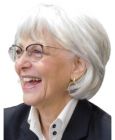Coronavirus Disease 2019
Repression or the Zeigarnik Effect?
My vaccination against COVID-19 released energy trapped by repressed anxiety.
Posted January 17, 2021 Reviewed by Ekua Hagan
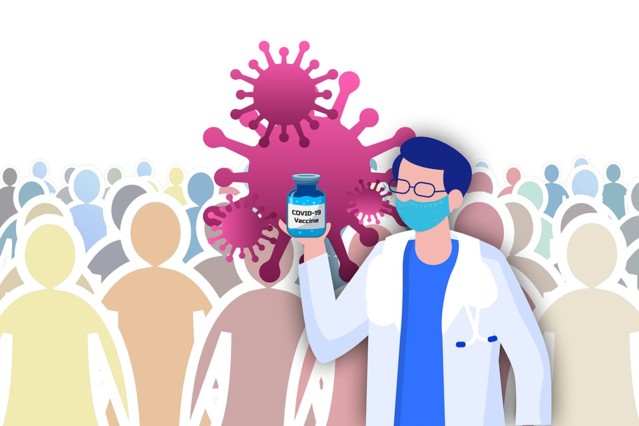
This week, my husband and I rejoiced after our first injection of a COVID-19 vaccine. The Governor of New York had just expanded eligibility to include Group 1b. David had secured next-day hospital appointments for both of us. Less than 36 hours later, we were inoculated. I had not expected the intensity of my relief as we drove home.
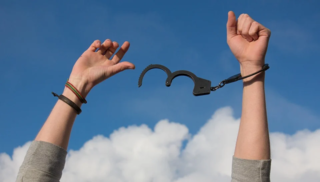
I thought about the psychology that might explain both my joy and my surprise. What accounted for the emotional intensity following the sudden reality of getting vaccinated? With my background in public health and epidemiology as well as psychology, I had known a vaccine was coming and had become comfortable with the decision to get in line as soon as it was available. Nonetheless, warned of supply shortages and complications in delivery, I had expected at least three months of delay. We got lucky.
But this was about more than gratitude or luck. I watched my stream of consciousness and behavior over the next few days, pondering whether I was a living example of the Zeigarnik Effect (the power of “unfinished business”; reference below), or witnessing the impact of how I had been coping during the past 10 months. Suddenly, I was reaching out more cheerfully to others, digging into chores, whipping through my to-do list. What was going on?
I had learned about the Zeigarnik Effect in Graduate School. Experiments exploring it were originally published in 1927, brought into social psychology in 1944, then cognitive psychology in 1991. The basic idea is that our “unfinished business” occupies an expanded place in our memory, claiming an outsized amount of our attention, thus energy, and disrupting focused thought.
Eventually, studies of unfinished business addressed differences between the contents of our conscious and unconscious awareness. In one of the early studies that used modern physiological measures to illustrate underlying psychological phenomena, psychologists Dan Weinberger, Gary E. Schwartz, and Richard Davidson documented the physical and conceptual reality of “repression."
The self-report measure they developed showed that people who rated themselves low in anxiety, and who also scored high in wanting to be judged positively by others, were the same group of people who had developed a personality style of denying their distress even when their bodies showed measures of heightened arousal, vigilance, stress. This disconnect was the hallmark of what became labeled as “a repressive coping style," inspiring many types of studies on unconscious experience, especially as it affects our mental and physical health.
In research using EEG technology, Penelope Davis showed that thoughts or feelings that remain unconscious (repressed) take a toll on our bodies until we deal with them. In another study, she showed parallel brain waves working overtime to manage a repressed emotion that relaxed into a harmonious single wave once the denied experience became conscious. By 1990, enough data had accrued to enable Yale’s Jerome L. Singer to edit Repression and Dissociation: Implications for Personality Theory, Psychopathology, and Health. (reference below).
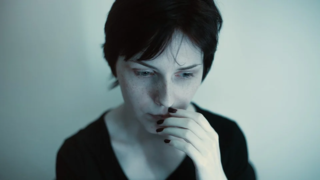
Both the Zeigarnik Effect and repression can explain my reaction to getting vaccinated. I had managed to (mostly) push out of conscious awareness the worry about COVID-19 infection and transmission, along with the toll that adaptations were taking on me personally. David and I had remained relatively cheerful, blamed upsetting national events for our intermittent distress, and taken longer naps, recognizing increasing exhaustion. We focused on gratitude for all our blessings, rather than what we had lost. We remained proactive, did all that we could for ourselves, each other, our community, all while still respecting physical distance. And yet there it was: the Zeigarnik Effect, intruding reminders that a previously unknown virus was attacking and often killing people, and I was constantly making efforts to minimize recognition of that threatening information.
So this week, I cheered when I realized a huge piece of unfinished business in my life had begun its march towards closure. The incidence of COVID-19 was increasing in our county, mutations would only escalate the pace, and winter was far from over. But getting vaccinated would increase our safety.
After we had received our first shot, we found ourselves sitting six feet apart in a waiting area where, with others, nurses observed us in order to make certain no potentially dangerous side effects appeared. They gave us cards with the name and batch number of the vaccine, along with the appointment date and time to return in three weeks for our second dose.
We made our way back to the car. Up onto the highway. Towards home. As I removed my gloves, hat, and double masks, I began to breathe more deeply. The tension I had not even realized I had been carrying began to drain from my body. Outside, I felt the fresh air fill my lungs.
For now, we will continue to wear masks, keep our social distance, avoid crowds, and wash our hands whenever we have been out. What has changed is my view of light at the end of the tunnel and, with the shift, I no longer needed to shut out lingering anxieties. Observing our strict quarantine, I had not realized how much I had felt threatened during the past 10 months by the possibility that one of us (then both of us) might contract COVID-19 and get really sick.
We maintained a serious distance from those we love, never wanting them to wonder if they, as an asymptomatic carrier, might have infected us. We limited people who passed our doorstep to the plumber and HVAC technicians who needed to make repairs or service our equipment. I marketed once a month, substituting frozen produce for fresh, boxed milk for that from the refrigerated cases, and using pantry shelves and the freezer to capacity. David ordered a haircut kit and I learned to be his barber. My own hair grew beyond shoulder-length; barrettes purchased online keep it off my face. We have found ways to entertain ourselves, find pleasures, and balance maintenance, learning, creating and connecting. We knew that we could maintain our pace, cooking and cleaning, balancing isolation and social stimulation, engaging in virtual learning and home exercise, for as long as necessary.
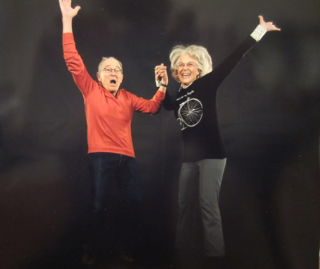
Our behaviors will now continue pretty much unchanged. We are not planning long-distance travel anytime soon. But I am experiencing a serious jump in my productivity and creativity, in my ability to focus, in the joy I derive from an online yoga class, a journey through old photographs, writing a blog piece. It’s not quite over yet — but the vaccine was a major step towards being able to do all I can to tend to my health without the unnecessary energy drain resulting from my repression of fear or the lingering unfinished business of staying safe from infection. Living a modified life is not equivalent to living in fear of a lethal virus.
Copyright 2021 Roni Beth Tower
References
Davis, Penelope J. (1988) Physiological and subjective effects of Catharsis: A case report, Cognition and Emotion, 2:1, 19-28, DOI: 10.1080/02699938808415226
Prentice, W. (1944). The interruption of tasks. Psychological Review, 51, 329-340.
Singer, J. L. (Ed.) (1990). Repression and Dissociation: Implications for Personality Theory, Psychopathology, and Health. University of Chicago Press.
Zeigarnik, B. (1927). Das Behalten erledigter und unerledigter Handlungen. Psycholigische Forschungen, 9, 1-85.



